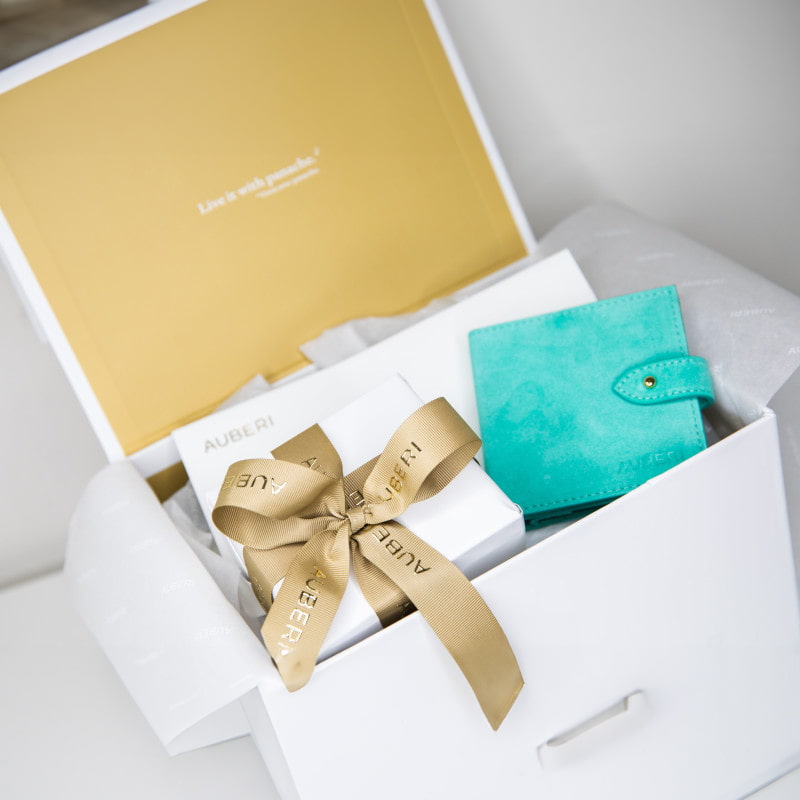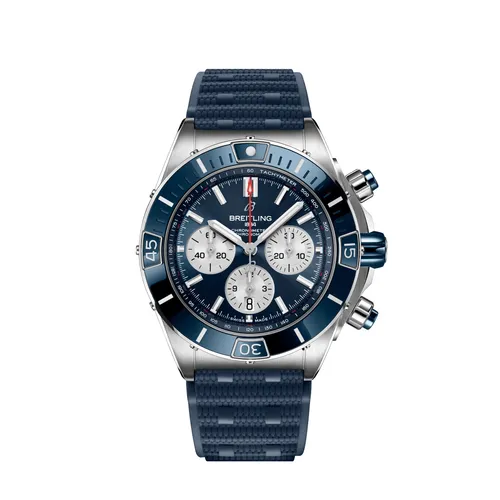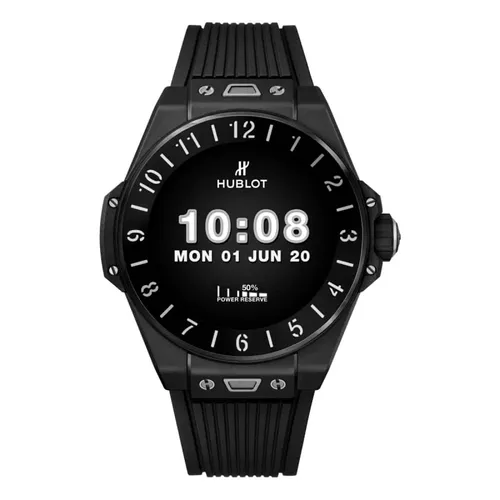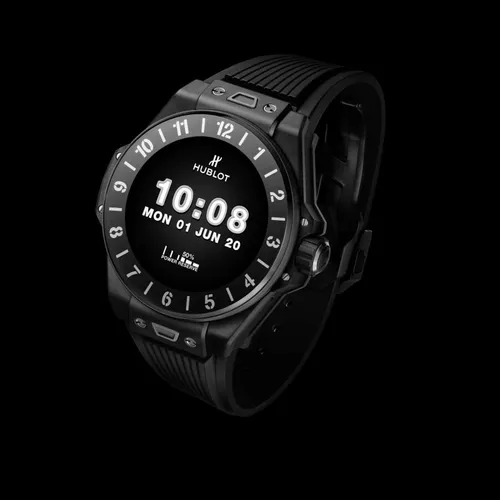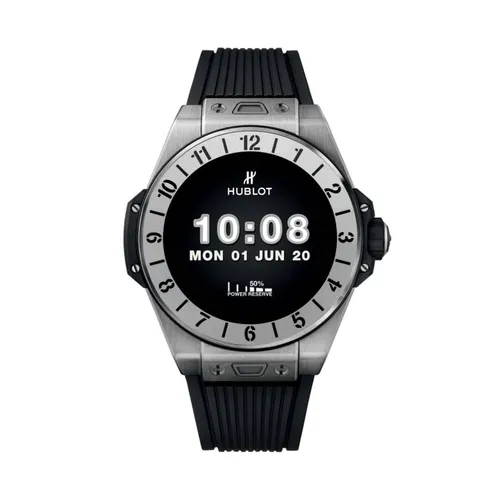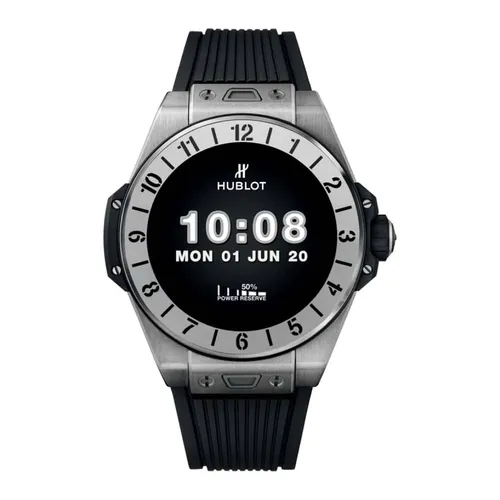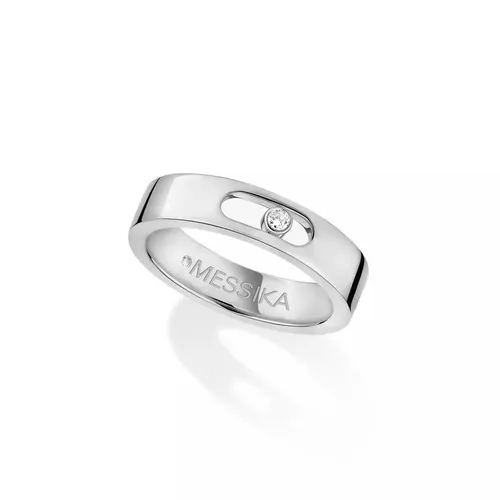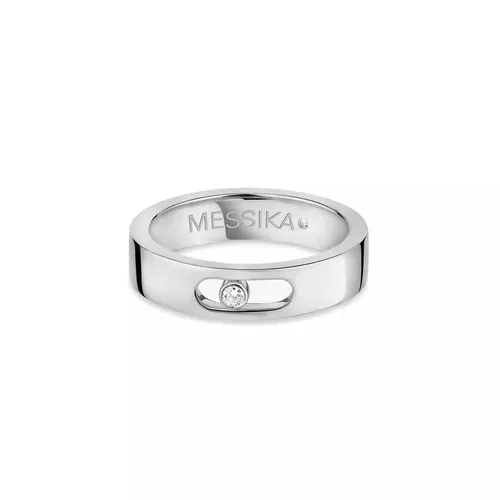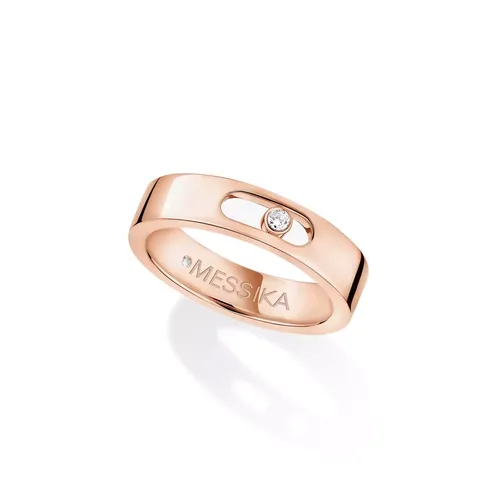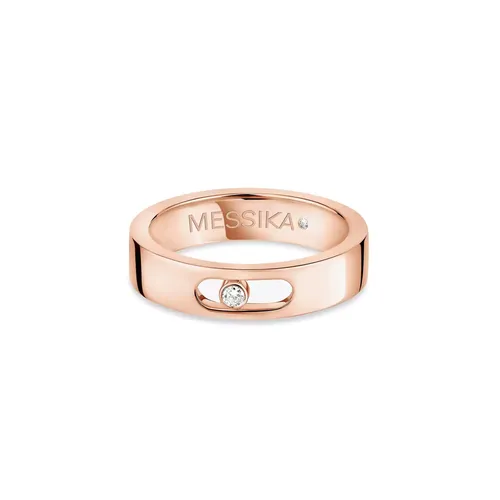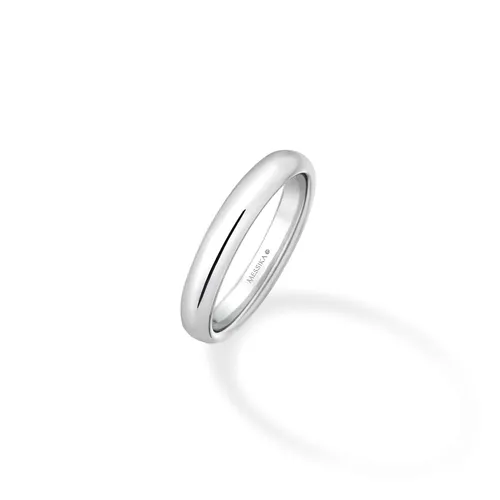Tudor
- All brands
- Rolex
-
Watches
![Tank Must de Cartier XL...]()
![Tank Must de Cartier XL...]()
Tank Must de Cartier XL Model Watch
41 mm steel case, self-winding movement, steel bracelet
5,800 €In stock![Santos-Dumont de Cartier...]()
![Santos-Dumont de Cartier...]()
Santos-Dumont de Cartier Watch Small Model
38 mm steel case, quartz movement, leather strap
4,200 €In stock![Breitling Super Chronomat...]()
![Breitling Super Chronomat...]()
Breitling Super Chronomat B01 44 watch
44 mm steel case, self-winding movement, rubber strap
9,550 €In stock![Omega Chronoscope...]()
![Omega Chronoscope...]()
Omega Chronoscope Chronograph Co-Axial Master Chronometer Watch
43 mm steel case, self-winding movement, leather strap10,000 €In stock![Omega Diver 300M...]()
![Omega Diver 300M...]()
Omega Diver 300M Chronograph Co-Axial Master Chronometer Watch
44 mm steel case, self-winding movement, rubber strap9,000 €In stock![Blancpain Fifty Fathoms...]()
![Paquet Auberi]()
Blancpain Fifty Fathoms Bathyscaphe Watch
43.6 mm ceramic case, self-winding movement, fabric strap14,850 €In stock -
Jewelry
![Messika Wedding Ring Size...]()
![Messika Wedding Ring Size...]()
Messika Wedding Ring Size 52 Diamond Paved Yellow Gold Move Joaillerie
yellow gold, white diamond
4,100 €In stock - Our stores
On which finger should you wear your engagement ring?

Whether it's a white gold or platinum ring, the engagement ring is more than just a piece of jewelry. It represents a promise of future union. However, knowing which finger to wear it on can vary greatly depending on cultural traditions and individual preferences. Auberi helps you explore the different practices regarding the wearing of the engagement ring around the world, offering both an overview of symbolic meanings and modern variations.
Western Practices
In most Western countries, the tradition is to wear the engagement ring on the ring finger of the left hand. This custom originates from ancient Rome, where it was believed that the "Vena Amoris" or "vein of love" directly connected the left ring finger to the heart. Although this anatomical belief has been refuted, the tradition persists, symbolizing a direct link to the heart.
However, some variations concerning jewelry exist within Western countries. For example, in Germany and the Netherlands, it is common to wear the engagement ring on the right hand before the wedding, then transfer it to the left hand after the ceremony.
Practices in the Rest of the World
Traditions regarding the wearing of the engagement ring vary considerably around the world.
- Europe: In Spain, Greece, and Norway, the engagement ring is often worn on the ring finger of the right hand. This practice may be influenced by religious or cultural traditions specific to each country.
- Asia: In India, the engagement ring is generally worn on the right hand, as the left hand is traditionally considered impure. However, with the growing influence of Western cultures, some people choose to wear their ring on the left hand. In China and Japan, there is no strictly followed rule, although the trend to imitate Western practices is increasingly widespread.
- Africa: In African cultures, practices can vary widely, often influenced by local traditions and religious beliefs. For example, in South Africa, the tradition mainly follows Western customs, but variations can exist depending on the communities.
- Americas: In Latin America, it is common in some countries like Brazil to wear the engagement ring on the right hand and move it to the left hand after the wedding. Traditions can vary not only from one country to another but also based on individual preferences and local cultural influences.
Special Cases and Modern Variations
Religion is also sometimes a factor to consider in the choice of finger for the engagement ring. For example, in some branches of Christianity, the right hand is preferred for symbolic reasons. Nowadays, more and more couples choose the finger for their engagement ring based on their personal significance rather than strictly following traditions. Some may opt for a different finger for comfort or lifestyle reasons, such as avoiding damage to the ring during daily activities. Others may combine their engagement ring and wedding band on the same finger or choose to wear them on different hands for aesthetic or practical reasons.
Practical Tips
To choose the finger on which to wear your engagement ring, feel free to consider both traditions and your personal preferences. If you wish to honor a family or cultural tradition, find out about the practices in your community. For those seeking comfort and practicality, try wearing the ring on different fingers to determine what is most comfortable for you. Left-handed individuals, for example, may prefer to wear their ring on the right hand to avoid excessive wear. Finally, remember that the choice of finger can also be a personal statement of your style and individuality.
Whether it's choosing a gold or silver ring, or selecting a wedding band and its precious stones (diamond, sapphire, ruby), Auberi offers advice to help you choose the jewelry that best suits you and your partner.



